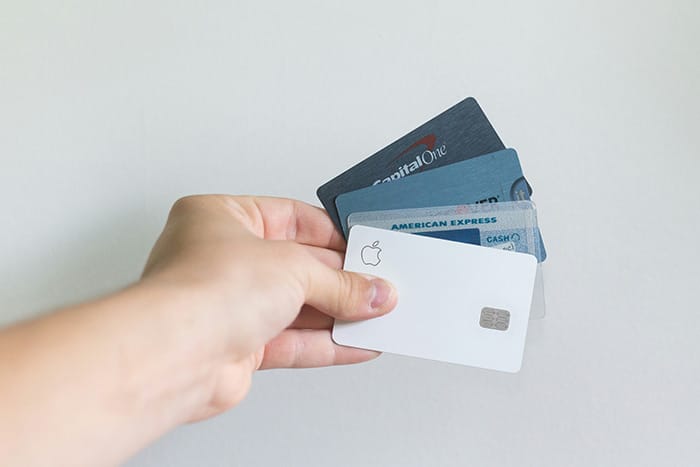Credit Fear vs Credit Knowledge

I wasn’t taught how credit worked. I thought paying more than I owed would protect me.
It didn’t. I tied up money I didn’t need to, it didn’t help my score, and I learned the hard way that smart credit has nothing to do with fear, and everything to do with structure.
Credit Fear vs Credit Knowledge
Like the majority of us, we didn’t learn credit in school, and everything I’m about to lay out for you might not sound intuitive. It might not even sound reasonable. But lately, I’ve been having this conversation more and more: someone has one credit card, and they believe that’s enough to be considered credit-worthy. They think they’re doing the right thing. But in reality, they could be quietly hurting their credit.
Here’s why.
Good credit habits are simple — but they are not obvious. The best foundation is this:
Two credit lines revolving for 24 months or longer.
This can be:
- Two credit cards or
- A credit card and a line of credit or
- Any two revolving accounts that have been open and active for more than two years. Not a car loan, as they are helpful, but you would eventually pay it off, leaving you back to one tradeline.
Missed a payment?
Maintaining two trade lines is protection. If you miss a payment on one card, your score takes a smaller hit when you have two mature accounts reporting. Think of it like spreading risk, two strong, seasoned cards balance out the mistake.
If you only have one card that’s relatively new, a missed payment has a sharper impact because there’s no history to counterbalance the error. However, if both cards have been active for years, the algorithms see that you’ve managed credit responsibly over time. A one-off late payment becomes a blip, not a blemish.
Because if someone encourages you to cancel one card (maybe with good intentions), and that card happens to be the only one reporting to your bureau for the last five or six years, you could wipe out your entire credit history. If you then open a new card to replace it, your credit file is effectively starting from scratch. The system doesn’t know you anymore, and that history you built is gone.
So the safe zone is simple: keep two credit lines open and active for at least 24 months or greater, the longer the better.
And make sure they’re from two different companies.
Here’s another reason that surprises people. If you’re travelling or holiday shopping and your only credit card is compromised, your bank will freeze it to protect you. That’s great, except if it’s your only card, you’re stuck.
Imagine you’re out to dinner. You go to pay. Your card gets declined. Now what?
Two cards from two different providers keep you from being stranded, especially in emergencies. You don’t need ten credit cards. You don’t need one. You need two.
Myth Busters: What Most People Get Wrong:
MYTH: One card is enough.
TRUTH: Two cards (or credit lines), each open for 24+ months, is the safest minimum.
MYTH: Cancelling an old card helps you stay lean
TRUTH: Cancelling a long-standing card can erase your credit history.
MYTH: As long as I pay on time, I’m fine.
TRUTH: Payment history matters, but so does depth, the age and quality of the credit card you choose. A Canadian Tire Mastercard does not carry the same weight as an AMEX.
Your Action Step This Month – November
Review how many credit cards you have.
If you only have one, apply for a second from a different bank. NOT a store card, a bank, Credit Union or American Express. No fee is best.
If you have five or more, begin scaling back to two active cards with strong history and healthy limits.
More is not better. But one is not enough.
Your Credit To-Do List
To-Do List – October
- Set up automatic minimum payments on all credit accounts
Even if you plan to pay in full later, this will protect your score from late payments due to busy schedules or simple forgetfulness.
To-Do List – September
- Set up auto-pay for minimums on all credit cards and lines of credit
- Review your credit report for any missed or late payments
- Make a list of all accounts that report to credit (even if they have a zero balance)
- If you’ve ever used payday loans, check if they’re reporting on your file
Start where Tom started — with awareness.
To-Do List – August – it was a holiday month.
To-Do List – July
- Write down every credit card you currently have and its limit
- Check your balance and usage from the last few months
- If you’re always using more than 50% of your limit, try to spend less, increase the limit, or pay it down before the statement date
- If you only have one credit card, try applying for another credit card
You are on your way …
